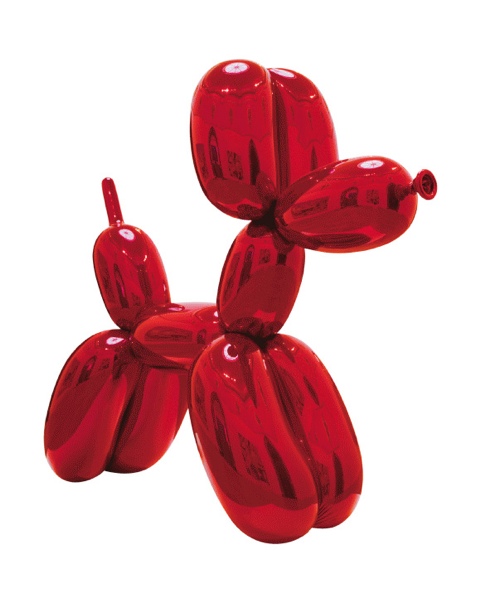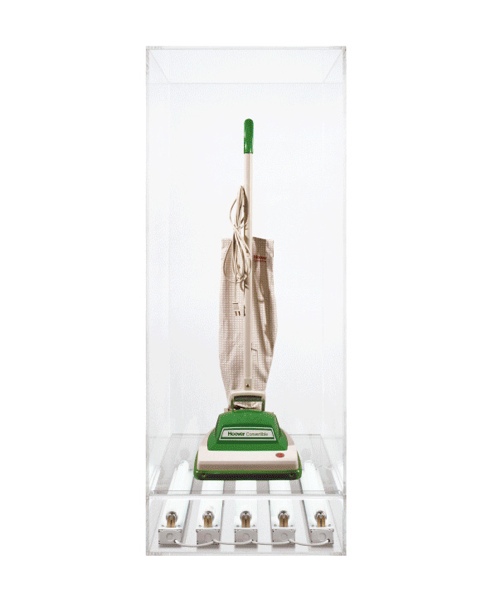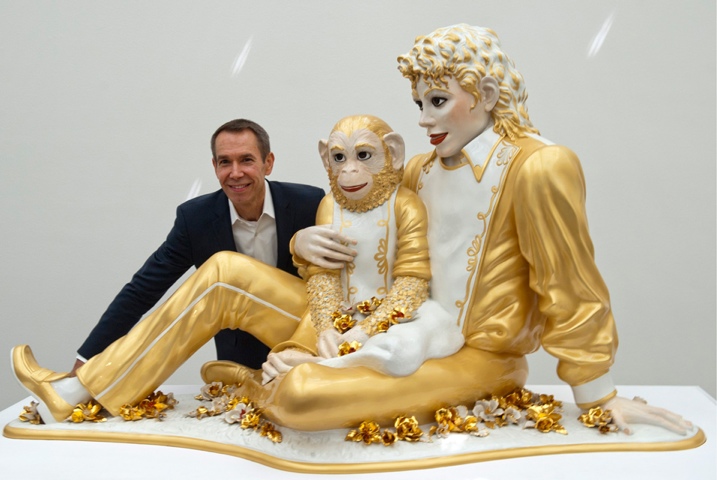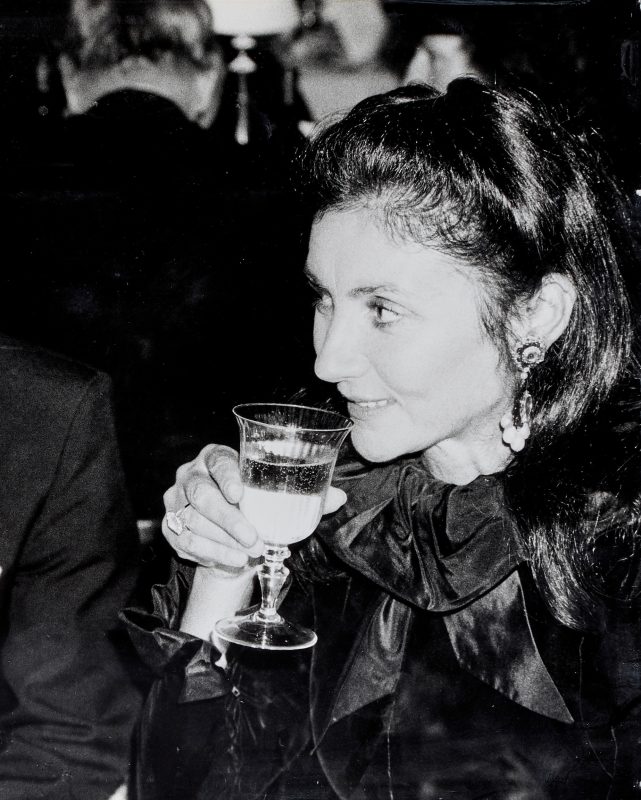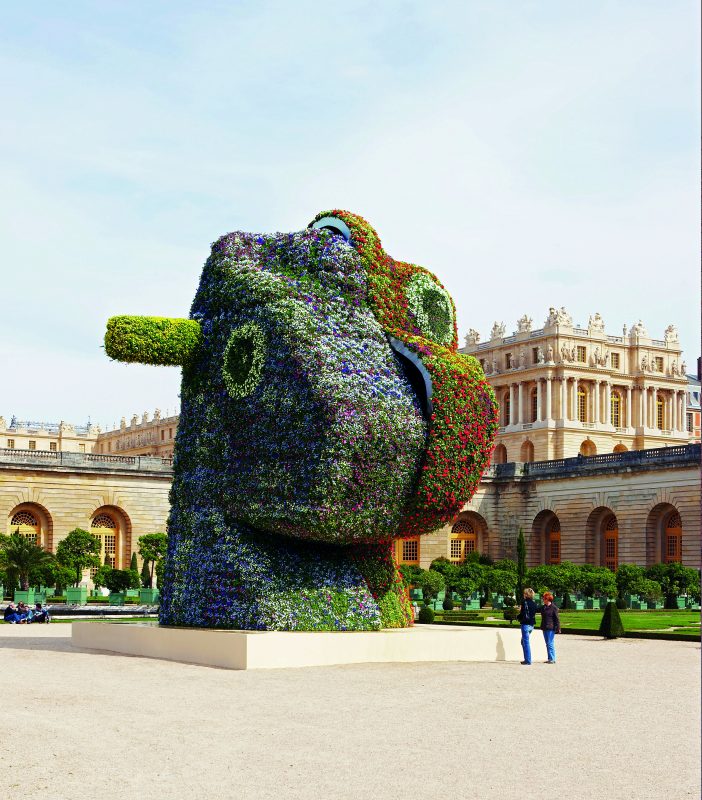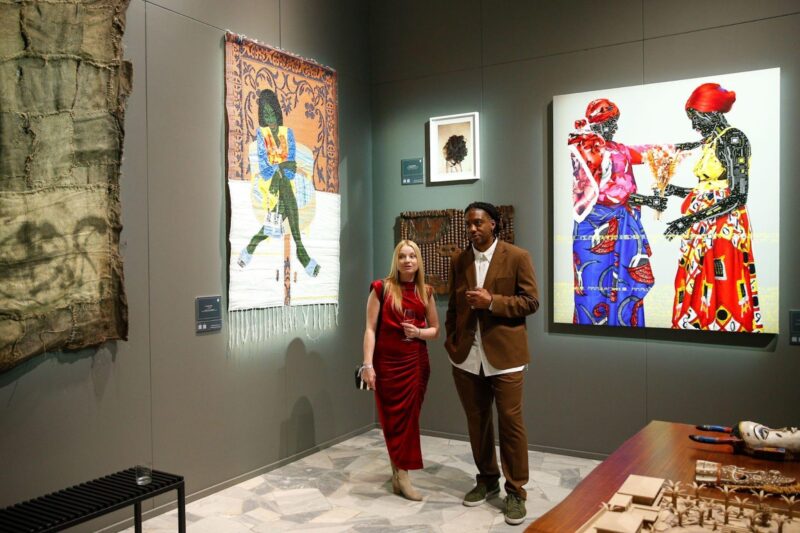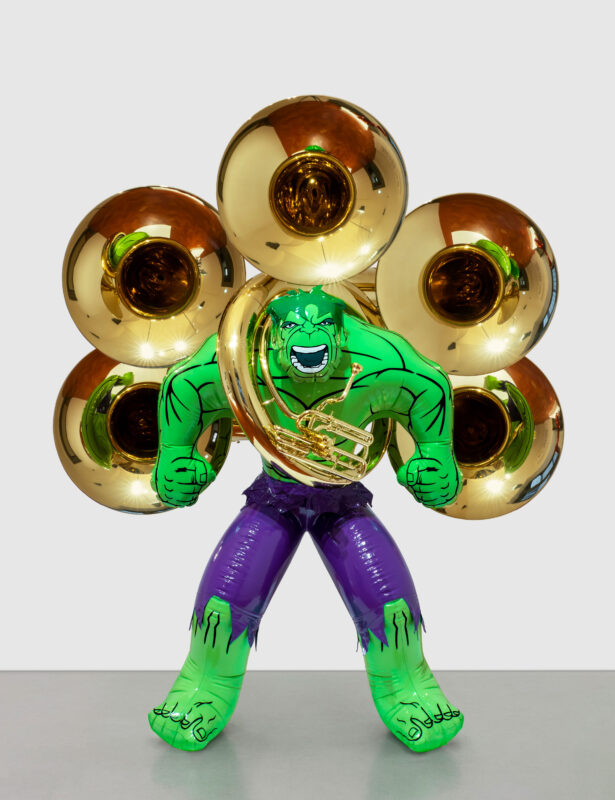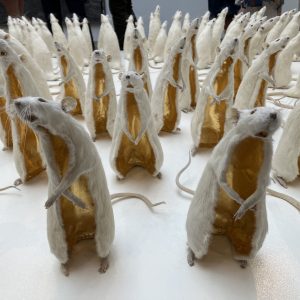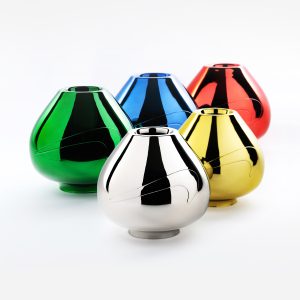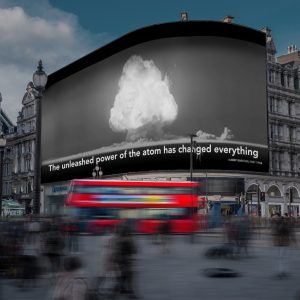13th May 2nd September 2012
The Fondation Beyeler is presenting the first Koons exhibition ever held in a Swiss museum.
From the start Koons worked in terms of chronological series of pieces, each with its own title. Taken together, these series titles provide an overview of his artistic conception.
The extensive show comprises about 50 works from three central groupings that represent crucial steps in Koons’s development and pursue the unusual path, combining popular and high culture, which the object has taken and is still taking in his oeuvre. The three series selected together with the artist for exhibition are The New (1980-87), Banality (1988) and Celebration (from 1994).
The exhibition spans a wide arc from The New, the young artist’s early series, to Celebration, to which new pieces are still being added today. In between we find Banality, an influential grouping with a manifesto-like character and crucial for Koons’s self-definition as an artist.
Taken together, these three series reflect the core of Koons’s thinking and the internal cohesion of the entire oeuvre, something that tends to be obscured by the system of groups of works with their separate titles. In The New, which would become determinant for the artist’s development, he purposely focused on factory-new, unused vacuum cleaners and carpet cleaning appliances of the Hoover brand, which, placed over flourescent tubes, are encased in plexiglass cases. In this way, the objects create an impression of cleanliness and seductive value, embodying the ideal of newness.
Basic themes of this series are integrity, innocence and purity — values that run through Koons’s oeuvre as a whole. In terms of their stringent arrangement and placement on fluorescent lights, these objects recall Minimal Art. Yet Koons is also one of the artists who have taken up the discussion on objects launched by Duchamp at the start of the twentieth century with his ready-mades. He has advanced this discussion in an original and masterfully brilliant way.
From The New series, the exhibition presents thirteen works, including a display window installation, reconstructed with the original vacuum cleaners, that was on view in 1980 at The New Museum of Contemporary Art in New York. In this series, the celebration of newness finds expression not only in the vacuum cleaner works but in the programmatic The New Jeff Koons (1980), comprising a lighted box with a black and white photo of the artist as a boy. The young Koons’s self-confidence had already become evident by this time.
The advertising posters Koons employed for his silkscreen prints reflect his special interest in commercial imagery and visual strategies. In combination with the showcase objects, they immediately confront the viewer with the basic message of the series and the artist’s fascination with the manipulative potential of images and their presentation, as well as his intention to make the work of art as accessible to the viewer as possible.
As an image on canvas, the lithograph New! New Too! (1983) is an early indicator of Koons’s concern with monumental painting, which would come to fruition years later, in the Celebration series. The ready-made-like everyday objects in The New metamorphosed in Banality into strange and provocative sculptures in wood, porcelain and mirrored glass, made by traditional crafts methods. Their motifs were taken equally from art history and popular culture, and collaged into innovative figures with a Baroque-oriented aesthetic.
With the much-acclaimed Banality series, the artist not only placed the definition of art on a new foundation but advanced to become a star of the international art scene. The exhibition includes sixteen sculptures and reliefs, a major portion of the series of twenty sculptural figures. The motifs in Banality stem from a wide range of imagery from Renaissance and Baroque art, popular magazines, and the world of toys and postcards.The initial motif is modified such that the figures run through a transformation in terms of change of scale, medium or material which lends them new potentials of interpretation.
The guiding idea behind Banality is the self-acceptance of the viewer conveyed by ostensibly banal things. This idea is embodied in the polychrome, quasi-religious wood sculpture Ushering in Banality (1988), which as it were manifests the banal as Koons’s fundamental ideal. A further theme of the Banality series is the association between human and animal that characterizes many of the works, for instance Stacked. As a group, the Banality figures add up to an overall image that illustrates Koons’s approach in the form of a veritable program of redemption and his intention to art that is understandable, accessible and edifying for all.
Still, his subject matter is less religious in nature than aimed at raising universal, existential questions of human existence. The entire visual program of Banality is based on the concepts of innocence and guilt, and aims through aesthetic means at a forgiveness of sins and a dissolution of the notion of guilt in general. This is reflected in a frequent recourse to saints or figures associated with sacredness, such as the sculpture Buster Keaton consisting of mounted wood. The imposing porcelain sculpture of Michael Jackson and Bubbles, to which the artist refers as a contemporary Pietà, has since become a modern icon. The piece reflects Koons’s ideal of an art that reconciles all oppos-tions to reach as large an audience as possible. In Banality, the artist’s interest in materials and surfaces acquires an especially symbolic dimension.
The aesthetic effect of the material always goes hand in hand with its emotional effect. By means of the material, whether porcelain, wood or chrome steel, Koons appeals to viewers’ emotions and attempts to meet their desires. With the employment of mirrored glass in Christ and the Lamb and Wishing Well, finally, he had recourse to a material — like the chrome steel before — whose reflecting quality draws us directly into the work and, to this extent, compellingly manifests Koons’s basic conception of an accessible art.
The Celebration series represents Koons’s most ambitious series to date, intended to comprise twenty large-scale sculptures in perfectly crafted stainless steel and sixteen large-format paintings. The exhibition includes ten of these paintings. In Celebration, the artist addresses things familiar and transitory, children and childhood, in motifs that call to mind children’s birthdays and holiday customs, yet whose monumental sculptural forms are simultaneously stylized into the iconic.
In terms of style, Celebration represents something in the nature of a synthesis between the minimalist aesthetic of The New and the Baroque opulence of Banality, and links up with the involvement with childhood seen in earlier series. Attributes from children’s birthday appear in Party Hat (1995-97) and Cake (1995-97), in the balloon figures Balloon Dog (Red) (1994-2000), Tulips (1995-98), and Moon (Light Pink) (1995-2000). Gift or toy articles form the motif of the brilliant painting Play-Doh (1995-2007) and in Shelter (1996-98).
Especially compelling is the monumental sculpture Hanging Heart (Gold/Magenta) (1994-2006), in high-alloy chrome steel. With Cracked Egg (Blue) (1994-2006), a reference to Easter, religious motifs play a role in Celebration as well. While the apparently fragile Celebration figures seem supple and weightless, they are actually stable, hard and weigh tons. In Celebration, Koons not only developed his sculptural language further but took a step into painting, which appeared for the first time on an equal footing with sculpture in his oeuvre.
The paintings in the series are based on arrangements of real objects created by the artist, photographed, and reworked by means of a complex process of schematization, then considerably enlarged and transferred to canvas. The central motif is placed in front of draped, reflecting foil in which certain parts of the object are reflected many times over, usually in distorted form. The aesthetic effect of the paintings, which owe much to Pop Art, is determined by their “objective”, virtually hyper-realistic approach. Evident in the Celebration series is the mutability of objects in terms of medium that is characteristic of Koons’s art, as well as a spectacular, quite unprecedented interaction between painting and sculpture.
In Celebration, the interaction of media — object art, sculpture and painting — comes to full flower in the artist’s oeuvre for the first time. Two sculptures will be on view in Berower Park at the Fondation Beyeler: in the pond in the northern area of the park, Balloon Flower (Blue) (1995-2000), and in the park’s front area, the monumental floral sculpture Split-Rocker (2000).
The exhibition is curated by Sam Keller, Director, and Theodora Vischer, Senior Curator at Large, Fondation Beyeler.
